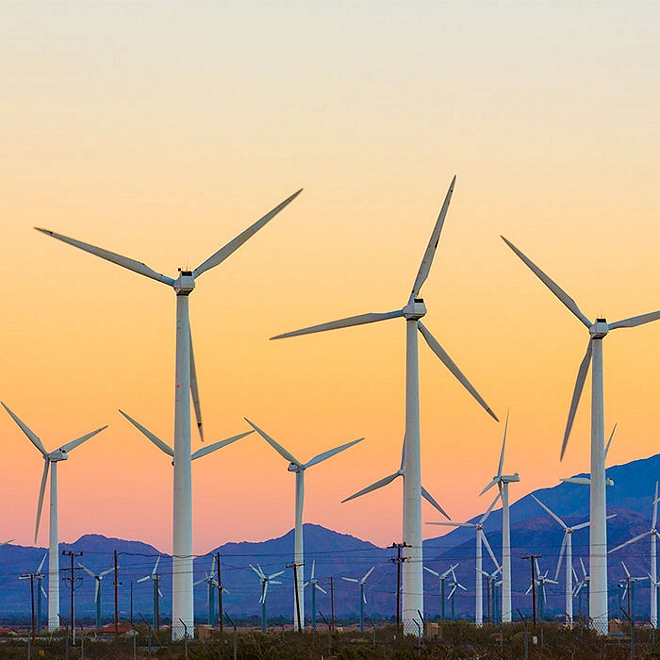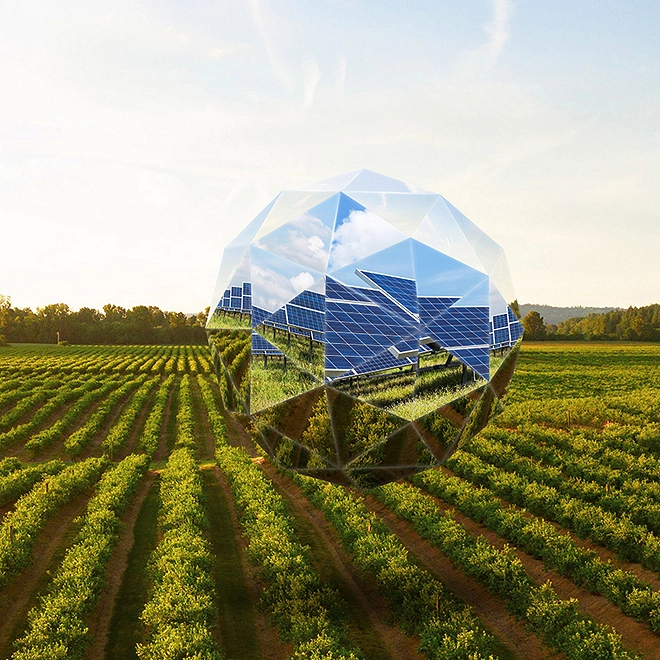This summer will prove it’s crunch time for the energy transition
It’s crunch time for the energy transition, with Australia running out of runway to reach its renewable energy and emissions-reduction targets.
While nobody wants to be that person who says something cannot be done, I’m often hearing the qualifier of ‘aspirational’ attached to our goal of 82 per cent renewable energy supply by 2030.
Although ambition must always meet reality in one way or another, we really have no option but to step up to the challenge and make sure this transition happens.
Energy security is one reason why. The Australian Energy Market Operator’s 2023 Electricity Statement of Opportunities (ESOO) identifies a risk of reliability gap in all regions except Tasmania within the next 7 or so years, with South Australia and Victoria facing the risk of interim reliability gaps from this coming summer.
These gaps can only be closed if we have the resolve to roll out the clean energy infrastructure and technology required to replace energy sources ageing out of the electricity market.
As up to 62 per cent of the National Energy Market’s coal fleet is expected to close before 2033, this will be no small feat. The upcoming tough summer that further pushes the boundaries on both reliability and affordability could either be the death knell or accelerant for our targets.
Economic opportunity is another reason why. Deloitte analysis in collaboration with NAB through the All Systems Go series confirms that the reallocation of capital away from emissions-intensive assets towards low-emissions technology could produce a $435 billion economic windfall for Australia by 2050 if we can effectively capitalise on our competitive advantage in industries like solar and wind power and critical minerals.
Enabling this opportunity in an increasingly competitive local and global market for talent, technology and capital, requires us to rethink how we get it done.
But how? Here are four things to consider:
First, it’s about keeping a systems perspective - we need to harness all elements of the energy ecosystem and not assume that the transformation can only be driven through grid-scale renewable generation and transmission investment.
Our distribution networks and consumer energy resources (such as solar PVs, batteries and electric vehicles), have a critical and complementary role to play in releasing capacity and supporting the delivery of our climate ambitions.
But if we don’t manage these technologies holistically, they can work against each other. Sunny conditions have seen extremely high levels of rooftop solar generation drive energy demand to record lows, a situation which can create major headaches for the system. Metering, appropriate price signals, increased granularity of data, resource aggregation and coordination are important reforms that need to happen sooner rather than later to enhance grid stability.
Second, it’s about new technology and its diffusion - we need to accelerate the development of technologies and their integration into the grid.
New technologies and platforms are a critical part of the solution. Although innovation is occurring at a rapid pace, many of these solutions haven’t yet been scaled. We need to let go of existing notions of siloed roles and accountabilities and embrace the ideas and technologies of adjacent industries and new entrants.
Third, it’s about flexibility - the scaling and integration of new technologies must be supported by flexibility in policy and regulatory settings.
Average timeframes of 12 to 18 months for delivery of regulatory change simply aren’t cutting it. Nor will the need for network businesses to wait through a five-year regulatory cycle for expenditure approvals.
While regulatory sandboxing (where innovation is tested in a more relaxed regulatory environment) helps, more is needed to bring investment into the market. We need to be open to the potential to fail fast, but cheap.
Fourth, it’s about intense collaboration - we need industry to step up and bridge the disconnect and competition for capital investment, physical resources and talent that has emerged under a myriad of state and federal climate policies.
Industry and its representative bodies need to lead by collaborating on an approach to the allocation of these finite resources, to have a clear voice on these issues, and to actively push-back against policies that run counter.
One big challenge that will require significant collaboration between industry and government is ensuring that we have the people with the right skills to make the transition a reality. Skilled migration and education and training policies must be reimagined.
Australia's energy system is at a crossroads as we stare down the reality of missing our 2030 energy and emissions reduction targets.
It’s time to start seriously considering the immediate actions we’re prepared to take before urgency turns into emergency.


